New GoSecure Report Reveals Disconnect Between Perception and Reality of Cybersecurity Priorities
Main attack vectors found by penetration testers are not perceived as essential elements contributing to cybersecurity professionals' perception of...
GoSecure Titan® Managed Extended Detection & Response (MXDR)
GoSecure Titan® Managed Extended Detection & Response (MXDR) Foundation
GoSecure Titan® Vulnerability Management as a Service (VMaaS)
GoSecure Titan® Managed Security Information & Event Monitoring (Managed SIEM)
GoSecure Titan® Managed Perimeter Defense (MPD)
GoSecure Titan® Inbox Detection and Response (IDR)
GoSecure Titan® Secure Email Gateway (SEG)
GoSecure Titan® Threat Modeler
GoSecure Titan® Identity
GoSecure Professional Security Services
Incident Response Services
Security Maturity Assessment
Privacy Services
PCI DSS Services
Penetration Testing Services
Security Operations

GoSecure MXDR for Microsoft
Comprehensive visibility and response within your Microsoft security environment
USE CASES
Risk-Based Security Measures
Safeguard sensitive information
Make informed decisions
Fulfill regulatory obligations
A valuable risk management strategy
Combat ransomware with innovative security
Halt zero-day exploits with advanced protection
Get ahead and win the race with the GoSecure Titan® Platform
24/7 MXDR FOUNDATION
GoSecure Titan® Endpoint Detection and Response (EDR)
GoSecure Titan® Next Generation Antivirus (NGAV)
GoSecure Titan® Security Information & Event Monitoring (SIEM)
GoSecure Titan® Inbox Detection and Reponse (IDR)
GoSecure Titan® Intelligence

ABOUT GOSECURE
GoSecure is a recognized cybersecurity leader and innovator, pioneering the integration of endpoint, network, and email threat detection into a single Managed Extended Detection and Response (MXDR) service. For over 20 years, GoSecure has been helping customers better understand their security gaps and improve their organizational risk and security maturity through MXDR and Professional Services solutions delivered by one of the most trusted and skilled teams in the industry.
EVENT CALENDAR
LATEST PRESS RELEASE
Main attack vectors found by penetration testers are not perceived as essential elements contributing to cybersecurity professionals' perception of...
GOSECURE BLOG
During the holiday season, it is estimated that...
For the fifth year, GoSecure encouraged everyone...
Updated January 31, 2022 The following Log4Shell...
RESOURCES
SECURITY ADVISORIES
The page you requested could not be found. Try refining your search, or use the navigation above to locate the post.
It should come as no surprise that cybercriminals are using the COVID-19 pandemic as a phishing lure. Popular media events always result in new attacks. But with the heightened level of awareness (panic?), end-users are likely more susceptible than usual. GoSecure Inbox Detection and Response (IDR) has blocked several new variants, each with varying levels of complexity to the phishing lure but almost all looking to install a remote access trojan.
 When we initially released PyRDP in late 2018, we familiarized ourselves with the Remote Desktop Protocol (RDP) relatively quickly. It became clear that our initial release couldn’t tackle all the opportunities that an active on-the-wire attacker could have. During my internship, one of my goal was to implement features taking advantage of these opportunities for both offensive use cases and malware research ones.
When we initially released PyRDP in late 2018, we familiarized ourselves with the Remote Desktop Protocol (RDP) relatively quickly. It became clear that our initial release couldn’t tackle all the opportunities that an active on-the-wire attacker could have. During my internship, one of my goal was to implement features taking advantage of these opportunities for both offensive use cases and malware research ones.
 A step that is surely hated in malware analysis is the repetitive task of creating a virtual machine (VM) and provisioning it with the required programs to do the job. With that in mind, Malboxes was first launched in 2017 to automate this process and therefore to save a lot of time for the malware analysts. This blog post will introduce a newly released feature of this tool that allows to run desktop versions of Windows in the Amazon Elastic Compute Cloud (EC2).
A step that is surely hated in malware analysis is the repetitive task of creating a virtual machine (VM) and provisioning it with the required programs to do the job. With that in mind, Malboxes was first launched in 2017 to automate this process and therefore to save a lot of time for the malware analysts. This blog post will introduce a newly released feature of this tool that allows to run desktop versions of Windows in the Amazon Elastic Compute Cloud (EC2).
 This week, our cybersecurity researcher presents the Spams meet Cryptocurrencies: Sextortion in the Bitcoin Ecosystem research results, at the Advances in Financial Technologies (AFT) academic conference in Zürich. This research, also covered by the MIT technology review, is extensive: it involves an analysis of over 4 million sextortion spams and their associated payments in the Bitcoin ecosystem, to estimate the lower-bound revenue of this new extortion scheme.
This week, our cybersecurity researcher presents the Spams meet Cryptocurrencies: Sextortion in the Bitcoin Ecosystem research results, at the Advances in Financial Technologies (AFT) academic conference in Zürich. This research, also covered by the MIT technology review, is extensive: it involves an analysis of over 4 million sextortion spams and their associated payments in the Bitcoin ecosystem, to estimate the lower-bound revenue of this new extortion scheme.
 Over the years, Find Security Bugs – or FindSecBugs in short – has evolved from a limited static-analysis tool to one with solid coverage of bug patterns. In this post, we will present the latest milestone from the project: arrival in the OWASP family, some figures and details regarding its new release.
Over the years, Find Security Bugs – or FindSecBugs in short – has evolved from a limited static-analysis tool to one with solid coverage of bug patterns. In this post, we will present the latest milestone from the project: arrival in the OWASP family, some figures and details regarding its new release.